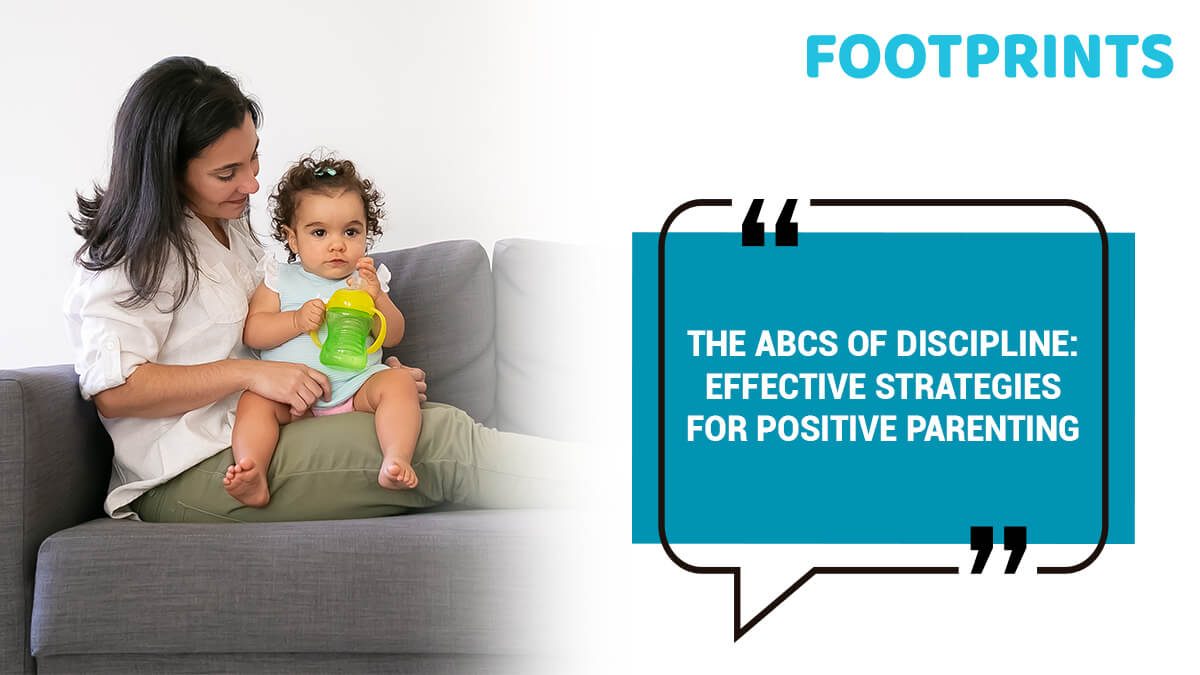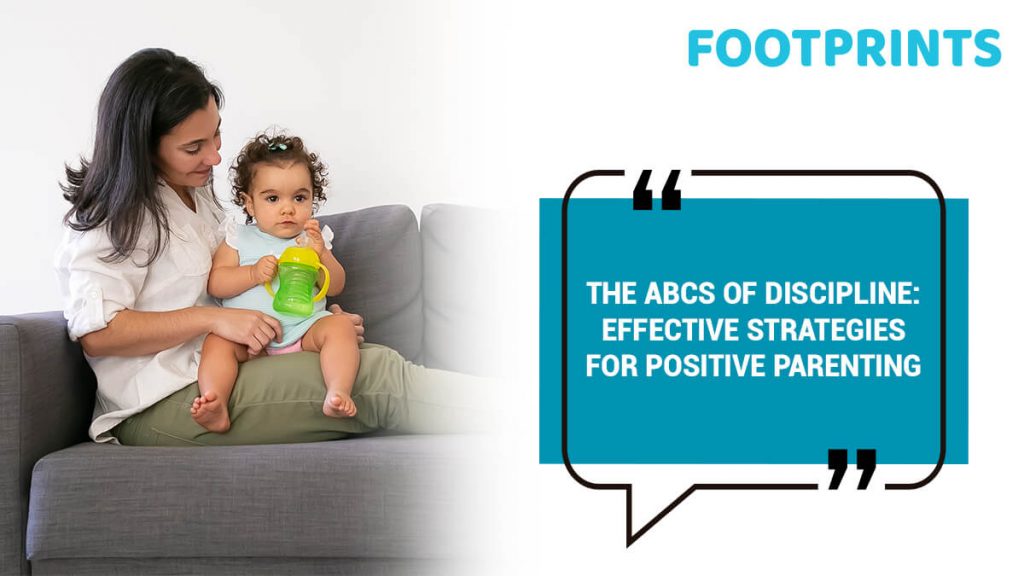
If there is one thing every parent has wished for in their parenting journey, it is a parenting manual. Unfortunately, though children do not come with one. The fact that your parenting strategy can influence the kind of person your child will become, can often feel overwhelming. Research shows that offering children firm but loving discipline goes a long way in preparing them for life. This is as opposed to parents who either put too few limits or have a totalitarian parenting style. When you are dealing with children who go to preschool, you may already be dealing with many power struggles. Not only do they test rules, they argue about them. Teaching a child the difference between acceptable and unacceptable behaviour, therefore, requires a multi-faceted approach that needs oodles of patience, empathy, positivity, and creativity. While there isn’t a set formula for parenting, what definitely exist are effective strategies for positive parenting. Read On:
Love & Acknowledgement
This may not seem like a discipling strategy at first glance but is in fact the most important one. For a child to learn the difference between right & wrong, the one thing that is needed is for the child to feel that he or she is loved unconditionally. Even when the child is performing an action that is not acceptable, the message that needs to go across is that the child is loved & accepted even though the behaviour that the child is choosing to display, is not. In Positive Parenting, it is important to remember that when the child feels acknowledged, they are less likely to use bad behaviour to attract attention or to get their message across to you. To do this, one aspect that you need to work on is to help the child identify the exact emotion that he is feeling. When the child is equipped with the appropriate emotional vocabulary, he or she is likely to be able to use words & tell you what they are feeling, as opposed to using behaviour to get their message across. Let us try to understand this by way of an example. Your playschool-going child is in the park. Having been on the swings for 15 minutes, he is now angry because another child wants to sit on the swings and he hits that child. How does acknowledgment work here, you ask? Well, the starting point is to acknowledge that the child is feeling angry because he cannot get more time on the swing before going on to explain that the action that he undertook (that of hitting) is not acceptable. By acknowledging the child’s anger, what you have done is to make the child feel understood before you move on to setting the appropriate boundaries. What you have also done in the bargain, is to add to his emotional vocabulary. The next time around, there is a fair chance that the child will be able to make use of the vocabulary and explain that he is feeling angry when the situation demands it.
The importance of this step in disciplining the child cannot be overstated. Typically, we tend to skip this step and jump straight to offering the child a consequence of his action. What we have actually skipped is the opportunity to make the child feel heard.

Boundary Setting
A very important aspect of disciplining is the setting of boundaries. Only it needs to follow the step of acknowledgment. Taking the above example further, having acknowledged the child’s anger, it is time now to make clear that while anger as an emotion is acceptable, what isn’t acceptable is hitting another child. Clear rules, therefore, need to be established. In fact, having rules around them offers children a sense of security. What helps in establishing rules aren’t just your words, but also the right tone of voice & the right body language. For Positive Parenting remember that your tone needs to be assertive & not aggressive. The use of simple, direct sentences work best. Boundary setting right in childhood can go a long way in determining positive outcomes in later life. It is only someone who is used to following rules, who will go on to become a productive member of civic society.

Consequences
Simply setting boundaries is not enough, what also needs to be specified are the consequences that will occur if boundaries are not followed. This is an important life lesson for the child as they learn that every action of theirs comes with consequences and that they need to choose carefully. So hitting a child could mean time out in their room. Pro tip- It is extremely important that the consequences that you offer are age appropriate & importantly if you state a certain consequence, you follow through on it. To say that hitting will lead to time out & not following through means setting the stage for similar actions in the future.
While many parents have grown up with corporal punishment as a disciplinary tool, it needs to be emphasized that corporal punishment including smacking a child or screaming at them makes it harder for children to learn. If anything it makes children angry and anxious. The probability of them listening to you reduces that much. In fact, when you yell at a child or hit them, the child is scared, and goes into fight-or-flight mode and the learning centers of their brain shuts down. It also makes the children feel devalued while lowering their self-esteem. To say that these will cause a wide range of issues in later life is to state the obvious
To Sum Up
Disciplining a preschooler will help you to stay positive and offer your child age-appropriate choices that will make them feel empowered. As far as possible steer clear of power struggles as the child is in a phase where they want to assert their independence. Another tip that will serve you well and help in positive parenting, is to choose your battles wisely. Helping the child to understand their emotions as well as those of others, is a great gift that you can offer them; one that will last them well into adulthood.

Purvesh is a multidimensional leader at Footprints Childcare. As a TED speaker and IIT-Delhi alumnus, his passion for education is fueled by his experiences as a certified life coach and parent. He goes beyond traditional parent engagement activities, creating meaningful connections through insightful parenting workshops and open communication channels. Purvesh’s commitment to empowering parents, teachers, and students is the foundation of everything we do at Footprints. What motivates Purvesh? As a parent himself, the challenges his son faces in the educational system are the driving force for him.


